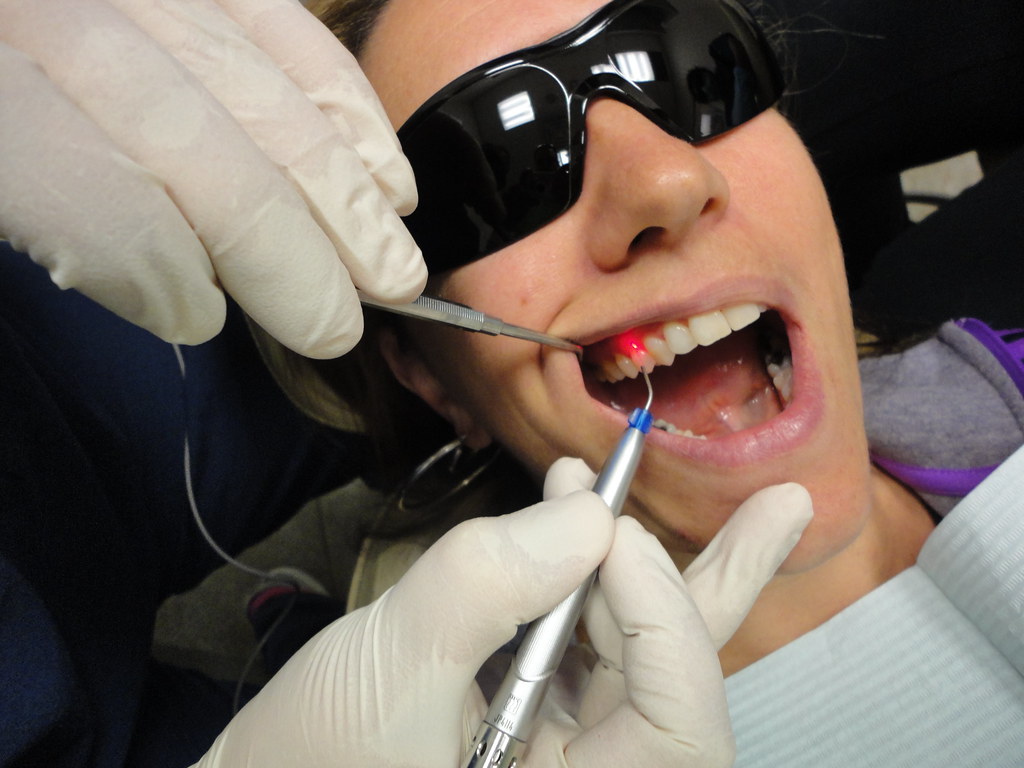
Many individuals engage into harmful oral habits like thumb sucking, tongue thrusting, nail biting, bruxism, etc. These habits can develop from early childhood, and some of them may develop in adulthood as well, which if not addressed, can lead to a variety of oral health issues.
- Thumb Sucking: Thumb sucking is a common habit among infants and young children and typically serves as a source of comfort. However, if this habit persists beyond early childhood, it can lead to dental problems. Prolonged thumb sucking can cause misalignment of the teeth, leading to an open bite, where the upper and lower front teeth do not meet properly when the mouth is closed. Additionally, it can contribute to changes in the roof of the mouth, affecting speech development and increasing the risk of palate abnormalities.
- Nail Biting: Nail biting, also known as onychophagia is a habit that can have detrimental effects on both oral and overall health. Constant nail biting can lead to chipped or cracked teeth, as well as wear and tear on the enamel. Moreover, it increases the risk of bacterial infections and the transmission of germs from the nails to the mouth, potentially causing oral infections and inflammation of the gums. Also, due to nail-biting habit, over the period of type misalignment of teeth can be noticed due to uneven pressure on teeth.
- Tongue Thrusting: Tongue thrusting, also known as reverse swallowing, occurs when the tongue pushes against the teeth or thrusts forward during swallowing. Like thumb sucking, tongue thrusting can contribute to dental misalignment and bite issues. It can also lead to speech impediments and difficulties with chewing and swallowing food properly. Individuals with tongue thrusting habits may find it challenging to maintain good oral hygiene, as the improper tongue positioning can hinder effective cleaning of the teeth and gums.
- Teeth Grinding (Bruxism): Teeth grinding, or bruxism, is the involuntary clenching or grinding of the teeth, often occurring during sleep. Bruxism can result in excessive wear and tear on the teeth, leading to fractures, cracks, and even tooth loss over time. It can also cause jaw pain, headaches, and temporomandibular joint (TMJ) disorders. Stress and anxiety are common triggers for bruxism, but it can also be associated with misaligned teeth or sleep disorders.
- Mouth Breathing: Mouth breathing can be caused by plenty of reasons like nasal obstructions, enlarged tonsils, structural abnormalities, etc. While occasional mouth breathing is normal, chronic or habitual mouth breathing can cause oral and health problems.
Here are some ways to help reduce the harmful effects of these habits:
- Awareness: Recognize the habit and its potential consequences. Understanding the impact on oral health can motivate individuals to take action.
- Behavioural Modification: Replace the habit with healthier alternatives, such as chewing sugar-free gum instead of biting nails or sucking on a stress ball instead of thumb sucking.
- Orthodontic Treatment: Consult with a dentist or orthodontist to address dental misalignment caused by thumb sucking, tongue thrusting, or bruxism. Orthodontic appliances or habit breaking appliances may be recommended to correct the issues.
- Stress Management: Practice stress-reduction techniques, such as deep breathing, meditation, or exercise, to alleviate triggers for nail biting or teeth grinding.
- Dental Care: Maintain regular dental check-ups and practice good oral hygiene habits, including brushing twice a day, flossing daily, and using mouthwash to reduce the risk of dental problems associated with these habits.
At Teeth Care Centre, we have the best dentist, like pedodontists and orthodontists, to handle and educate our patients on this.

